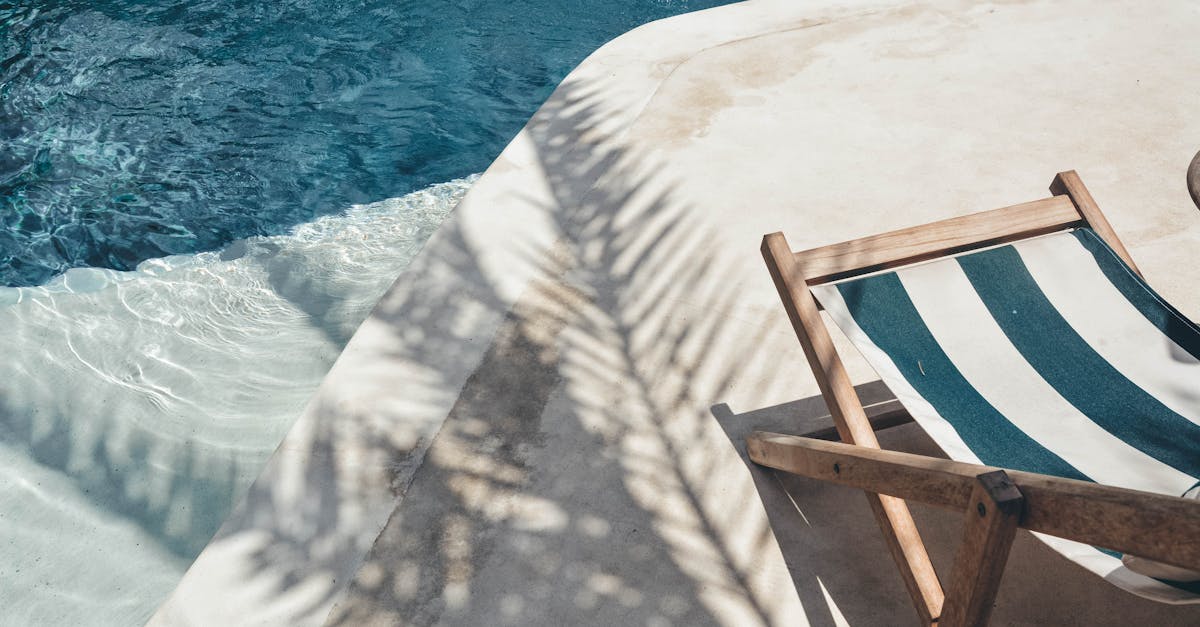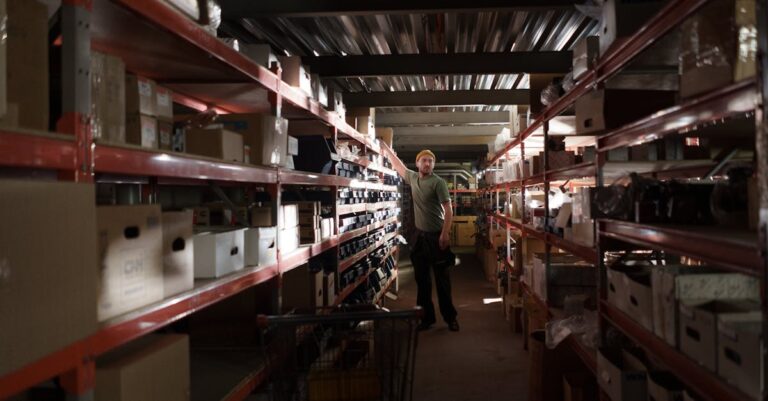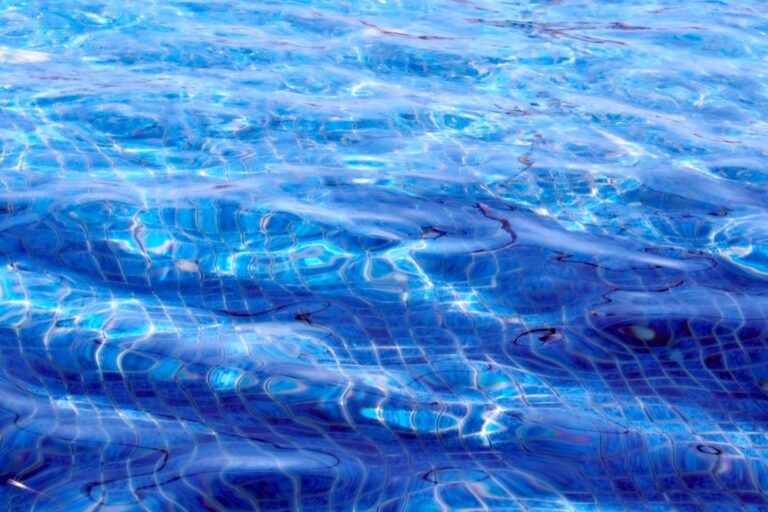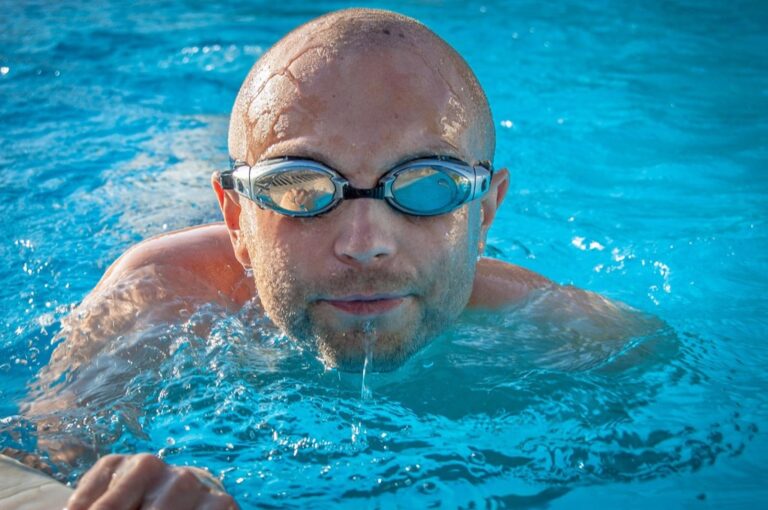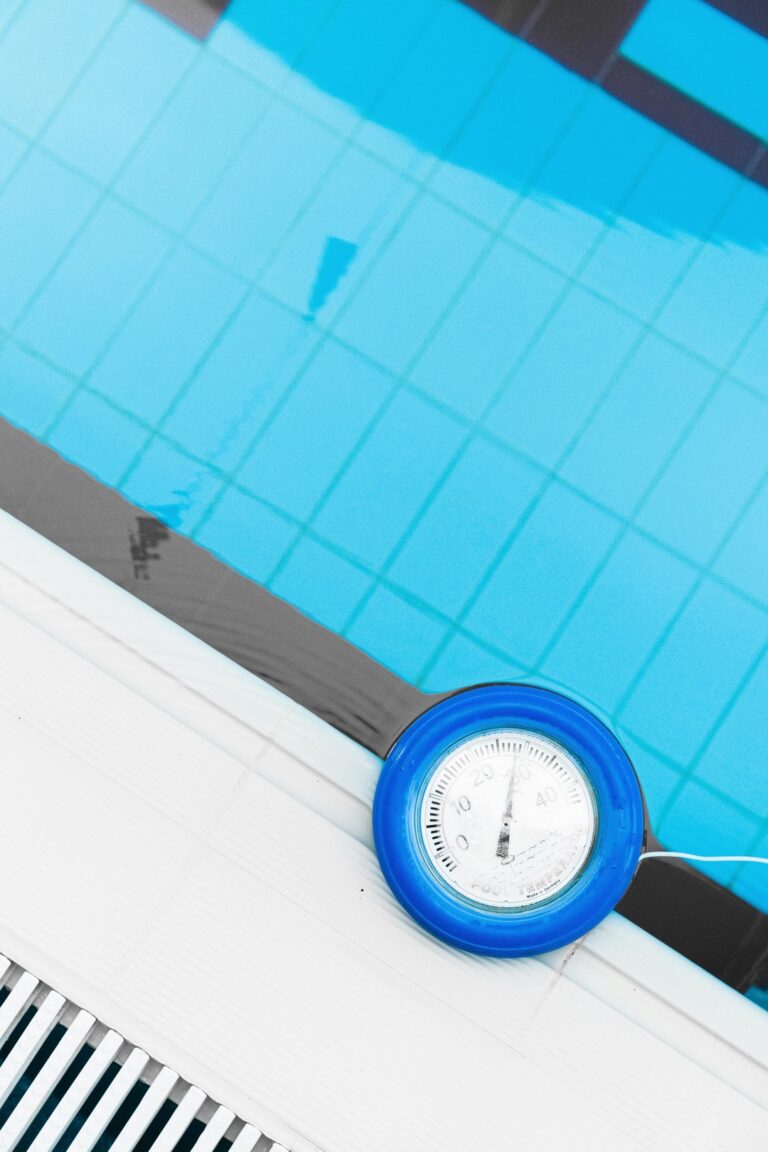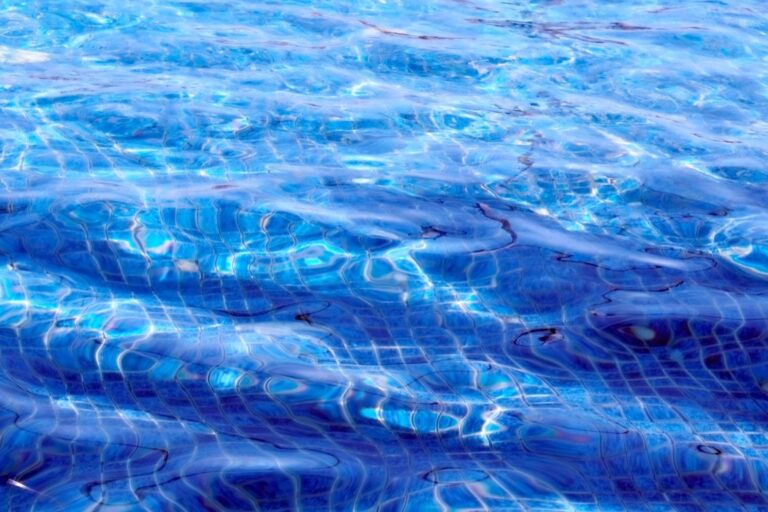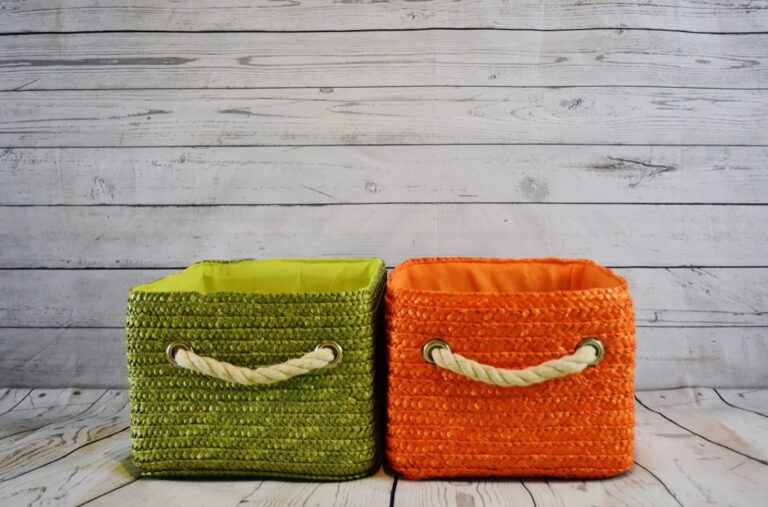7 Ways to Maintain Pool Filters in Varying Climates That Experts Swear By
Discover how to adapt your pool filter maintenance for desert heat, humidity, and freezing temps. Extend equipment life and maintain water quality with climate-specific strategies.
Maintaining your pool filter correctly significantly impacts water quality and equipment longevity, especially when dealing with diverse climate conditions. Whether you’re battling desert heat, humid tropical conditions, or seasonal changes that bring everything from freezing temperatures to pollen-filled springs, each climate presents unique challenges for pool filtration systems. You’ll need to adapt your maintenance routine to address specific environmental factors that affect your pool’s filtration performance.
Your climate-specific approach should consider factors like frequency of cleaning, protection against weather extremes, and selection of appropriate filter media. Following the right maintenance protocol not only extends your filter’s life but also reduces energy consumption and prevents costly repairs down the road.
Disclosure: As an Amazon Associate, this site earns from qualifying purchases. Thank you!
Understanding How Climate Affects Your Pool Filter
Keep your pool water crystal clear with INTEX Type A Pool Filter Cartridge. Easy-to-clean Dacron paper for efficient filtration. Three pack.
- Temperature fluctuations directly impact filter performance – In hot climates, your filter works harder as warm water accelerates algae growth and increases debris decomposition. You’ll need to clean your filter more frequently during summer months, often every 2-3 weeks instead of monthly.
- Humidity levels alter maintenance schedules – High humidity environments cause greater microbial growth in filter media. If you live in areas like Florida or Louisiana, you’ll need to monitor your filter pressure gauge more closely, as clogging occurs 30-40% faster than in drier regions.
- Seasonal changes require adaptive care – Fall brings leaves and organic matter that quickly overwhelm filters, while winter freezing can crack components. You should perform deep cleaning before winter and install freeze protection if temperatures drop below 32°F in your area.
- Desert conditions create unique challenges – Sand and dust particles are finer than standard debris, penetrating deeper into filter media. Pool owners in Arizona or Nevada should backwash sand filters weekly and consider upgrading to cartridge filters with finer filtration capabilities.
- Coastal environments introduce salt concerns – Salt air and occasional saltwater exposure accelerate corrosion of filter housings and internal components. You’ll need to rinse external components monthly and replace gaskets and O-rings annually rather than biannually.
Essential Tools and Materials for Pool Filter Maintenance
Proper pool filter maintenance requires having the right tools on hand, especially when dealing with different climate conditions. The tools you’ll need vary depending on your filter type and local weather patterns.
Basic Maintenance Kit
Every pool owner should have a pressure gauge to monitor filter performance accurately. Include a quality filter cleaner solution, specifically formulated for your filter type (sand, cartridge, or DE). Add filter removal tools like wrenches or housing openers, cleaning brushes with appropriate bristle strength, and a garden hose with high-pressure nozzle. Don’t forget rubber gloves to protect your hands from chemicals and debris.
Climate-Specific Supplies
In humid climates, invest in anti-fungal treatments to prevent mold growth on filter components. Desert regions require finer mesh filter bags to trap smaller sand particles. For freezing climates, purchase insulation wraps and antifreeze solutions to protect plumbing. Coastal area maintenance demands anti-corrosion sprays and specialized salt-resistant lubricants for metal parts. UV-resistant filter covers are essential in high-sun environments to prevent premature deterioration.
Maintaining Pool Filters in Hot and Dry Climates
Dealing With Dust and Debris
In hot, dry climates, airborne dust and debris accumulate in pool filters much faster than in other environments. Check your filter pressure gauge weekly, as readings 8-10 PSI above normal indicate cleaning is needed. Install windbreaks like shrubs or fencing to reduce debris infiltration, and use pool covers when the pool isn’t in use to minimize contamination.
Preventing Sand and Mineral Buildup
Mineral deposits form quickly in hot climates as water evaporates and concentrates dissolved minerals. Test your water chemistry twice weekly, maintaining proper calcium hardness (200-400 ppm) to prevent scaling. Use descaling agents quarterly for sand filters, and soak D.E. grids or cartridge filters in specialized mineral-removing solutions monthly to dissolve stubborn calcium buildup.
Caring for Pool Filters in Humid Tropical Environments
Combating Algae Growth
High humidity combined with warm temperatures creates perfect conditions for algae to flourish. Check your filter pressure gauge twice weekly and clean filters when pressure rises 8-10 PSI above normal. Use algaecide treatments specifically formulated for tropical climates, and rinse filter cartridges with antimicrobial solutions monthly to prevent biofilm formation that can harbor algae spores.
Keep your pool crystal clear with Clorox Pool&Spa Algaecide. This non-foaming formula quickly eliminates existing algae and prevents future growth in all pool types, including saltwater.
Managing Higher Bather Loads
Tropical climates often mean year-round swimming and more frequent pool use. Increase your backwashing frequency to every 5-7 days during peak seasons, regardless of pressure readings. Install a secondary pre-filter to capture larger debris before it reaches your main filter system. For cartridge filters, keep a clean spare on hand to quickly swap during heavy use periods while properly cleaning the dirty one.
Pool Filter Maintenance in Cold and Freezing Climates
Winterizing Your Filter System
When temperatures drop below freezing, proper winterization is crucial to prevent cracked housings and damaged components. Drain all water from your filter tank, pump, and plumbing lines using drain plugs and blowing compressed air through the system. Remove cartridge filters and store them indoors after cleaning. Apply pool-grade antifreeze to any remaining water traps in the plumbing system to prevent freeze damage.
Spring Start-Up Procedures
Restart your pool filter system gradually as temperatures consistently rise above freezing. Inspect all components for cracks or damage before reassembly. Replace all drain plugs and reconnect plumbing lines that were disconnected for winter. Run the system at half speed initially to check for leaks. Clean or replace filter media as needed before returning to normal filtration, as winter storage often leads to compaction in sand filters and mineral buildup on cartridges.
Coastal Area Pool Filter Care
Coastal environments present unique challenges for pool filter maintenance due to salt exposure, sand infiltration, and higher humidity levels. These elements can significantly impact filter performance and lifespan if not properly addressed.
Addressing Salt and Corrosion Issues
Salt air and saltwater splashes accelerate corrosion on metal filter components and housing. Rinse your filter system with fresh water weekly to remove salt residue. Apply marine-grade anti-corrosion spray to metal parts quarterly. Replace sacrificial zinc anodes annually to protect metal components from galvanic corrosion. Check pressure gauges and valve seals monthly, as salt damage often begins at these connection points.
Sand Infiltration Solutions
Fine beach sand can easily bypass standard skimmers and damage filter elements. Install a mesh pre-filter to capture finer particles before they reach your main filter. Backwash sand filters more frequently—every 7-10 days during windy conditions. For cartridge filters, invest in a finer micron rating (10-15 microns) specifically designed for coastal environments. Clean deck areas regularly to minimize sand tracking into your pool.
Seasonal Maintenance Schedule for All Climates
Spring and Summer Routines
Start your spring maintenance by thoroughly cleaning your filter after winter storage. Check pressure gauges weekly during summer when higher temperatures accelerate algae growth and increase filter strain. Backwash sand filters every 2-3 weeks or when pressure rises 8-10 PSI above normal. For cartridge filters, rinse monthly and deep clean with chemical solution quarterly to prevent biofilm buildup in warm weather.
Fall and Winter Preparations
Perform a deep chemical cleaning of your filter before winter to remove accumulated oils and debris from summer use. In freezing climates, drain all water from the filter system, remove cartridges for indoor storage, and add pool-grade antifreeze to plumbing traps. For milder climates, reduce filtration times by 25-50% and schedule monthly maintenance checks to prevent algae buildup during cooler months.
Troubleshooting Common Climate-Related Filter Problems
Pressure Gauge Readings
High pressure readings (8-10 PSI above normal) in humid climates typically indicate clogged filters from accelerated algae growth. In dusty regions, rapid pressure increases suggest fine particle buildup. Low readings in cold climates often signal freeze damage to internal components. Always document baseline readings seasonally to accurately identify climate-specific deviations.
Flow Rate Issues
Reduced water flow in hot climates usually results from calcium buildup on filter grids or laterals. In humid environments, biofilm accumulation causes gradual flow restriction, requiring enzyme treatments. Coastal pools frequently experience flow problems from salt crystal formation in filter media. Test flow rates monthly in extreme climates to catch issues before they cause equipment damage.
Extending Your Pool Filter’s Lifespan in Any Climate
Proper maintenance can double or even triple your pool filter’s service life, regardless of your climate zone. Smart preventive care not only saves you money but also ensures better water quality and reduced chemical usage. Here are proven strategies to maximize your filter’s longevity:
Practice Consistent Preventive Maintenance
Regular preventive maintenance is your first defense against premature filter failure. Check pressure gauges weekly and record readings to identify developing issues before they become serious problems. Clean pre-filters and skimmer baskets twice weekly to prevent debris from reaching your main filter. Schedule deep cleaning sessions based on your climate’s demands rather than generic timelines—monthly in humid environments, bi-monthly in moderate climates, and quarterly in dry regions.
Protect Filter Equipment from Extreme Weather
Your filter system deserves protection from harsh weather conditions. Install a shade structure over your equipment pad to shield components from direct sunlight, which can degrade plastic parts and reduce their lifespan by 30-40%. Use insulated covers in freezing climates to prevent expansion damage from ice formation. In coastal areas, install windbreakers to minimize salt spray contact with equipment. Properly secure all components before storms or high winds to prevent physical damage.
Optimize Chemical Balance for Filter Longevity
Water chemistry directly impacts filter performance and longevity. Maintain pH levels between 7.2-7.6 to prevent scale buildup on filter media, which can reduce efficiency by up to 50%. Test calcium hardness monthly and keep levels between 200-400 ppm to prevent damage to filter components. Use enzyme treatments weekly in humid climates to break down oils and organic matter before they clog filter media. Avoid shocking the pool while the filter is running to prevent chlorine damage to filter materials.
Invest in Quality Replacement Parts
Using high-quality replacement parts significantly extends your filter system’s overall lifespan. Replace gaskets and O-rings annually with manufacturer-recommended parts rather than generic alternatives. Install pressure gauge isolators to protect gauges from chemical damage. Use antimicrobial filter media in humid climates to resist biological fouling. Consider upgrading to composite materials for components that frequently corrode in coastal environments.
Implement Season-Specific Maintenance Protocols
Adapt your maintenance routine to seasonal changes for optimal protection. Perform thorough inspections at season transitions—examining seals, gaskets, and pressure relief valves for wear. Apply food-grade lubricant to O-rings quarterly to prevent drying and cracking. In winter months, either properly winterize the system in freezing climates or reduce filtration hours in milder regions. During peak summer months, increase backwashing frequency by 30% to prevent compaction in sand filters.
Professional Maintenance vs. DIY: When to Call the Experts
Proper pool filter maintenance tailored to your specific climate is essential for optimal performance and longevity. By adapting your maintenance routine to address the unique challenges of hot dry environments humidity coastal areas or freezing temperatures you’ll prevent costly repairs and ensure clean sparkling water all season long.
Remember that different filter types respond differently to climate conditions. Monitor pressure gauges regularly adjust cleaning schedules seasonally and protect your equipment from extreme weather elements.
While most maintenance tasks are manageable on your own know when to call professionals. If you notice persistent pressure issues damaged components or system failures it’s time for expert help. With the right approach your pool filter will provide years of reliable service regardless of your climate challenges.
Frequently Asked Questions
How often should I clean my pool filter?
Cleaning frequency depends on your climate and usage. In hot or humid climates, clean when pressure rises 8-10 PSI above normal (typically every 4-6 weeks). In desert areas, backwash sand filters every 2-3 weeks. For moderate climates, monthly cleaning is usually sufficient. Heavy usage periods require more frequent maintenance. Always check your pressure gauge weekly to determine when cleaning is necessary.
Can extreme weather damage my pool filter?
Yes, extreme weather can significantly damage pool filters. Freezing temperatures can crack components if water isn’t properly drained. Intense heat can degrade gaskets and plastic parts. High humidity promotes algae growth and biofilm formation. Desert conditions introduce fine sand that wears down internal components. Coastal salt air causes corrosion. Protect your filter with appropriate covers and shelters suited to your climate.
What tools do I need for pool filter maintenance?
Essential tools include a pressure gauge, quality filter cleaner, removal tools specific to your filter type, cleaning brushes, and a high-pressure garden hose. Climate-specific supplies might include anti-fungal treatments for humid areas, finer mesh filter bags for desert regions, insulation wraps for cold climates, and anti-corrosion sprays for coastal areas. Keep a maintenance log to track pressure readings and cleaning dates.
How do I maintain my filter in a tropical climate?
In tropical climates, check the pressure gauge twice weekly and clean filters when pressure increases 8-10 PSI above normal. Apply algaecide treatments formulated specifically for tropical conditions. Rinse cartridge filters monthly with antimicrobial solutions to prevent biofilm. Increase backwashing frequency to every 5-7 days during peak usage. Consider installing a secondary pre-filter to capture debris and keep a spare cartridge for quick swaps.
What’s the proper way to winterize a pool filter?
To winterize your filter in freezing climates, completely drain all water from the system using drain plugs and air blowing. Remove cartridge filters and store them indoors after cleaning. Apply pool-grade antifreeze to plumbing traps. Remove pressure gauges and store them inside. Cover the filter system with a weatherproof cover. For sand filters, consider replacing the media in spring rather than before winter.
How does salt air affect pool filters in coastal areas?
Salt air causes accelerated corrosion of metal components in pool filters. To counteract this, rinse your filter system weekly with fresh water to remove salt residue. Apply marine-grade anti-corrosion spray quarterly to exposed metal parts. Replace sacrificial zinc anodes annually to protect metal components. Install a mesh pre-filter to capture fine beach sand and check for salt crystal formation during routine maintenance.
What does high pressure on my filter gauge indicate?
High pressure (8-10 PSI above baseline) indicates a clogged filter requiring cleaning. In humid climates, high pressure often results from algae growth and biofilm formation. In desert areas, it typically indicates sand and debris accumulation. Document your filter’s normal operating pressure when clean as a baseline reference. Rising pressure is the most reliable indicator that maintenance is needed, regardless of climate.
How can I extend the life of my pool filter?
Extend your filter’s life by maintaining consistent cleaning routines based on pressure readings, not just calendar dates. Protect equipment from direct sun and extreme weather with appropriate shelters. Optimize chemical balance to prevent scaling and corrosion. Use only high-quality replacement parts. Implement season-specific maintenance protocols, cleaning pre-filters regularly, and adapting schedules to seasonal demands. Proper maintenance can double or triple a filter’s service life.
Should I change my filter maintenance routine seasonally?
Yes, seasonal adjustments are essential. In spring, perform thorough cleaning after winter storage and inspect for freeze damage. Summer requires weekly pressure checks and more frequent cleaning due to heavier usage. Fall demands deep cleaning before winter arrives. In winter, drain systems in freezing climates or reduce filtration times in milder regions. Adapt your routine to your specific climate challenges throughout the year.
What’s the difference in maintaining sand versus cartridge filters?
Sand filters require backwashing when pressure rises 8-10 PSI above normal, typically every 3-4 weeks in standard conditions and more frequently in dirty environments. They need media replacement every 3-5 years. Cartridge filters need physical removal and cleaning with a hose and cleaning solution when pressure increases. They require more thorough cleaning but less frequent maintenance overall. Cartridges typically need replacement every 2-3 years depending on water conditions.

